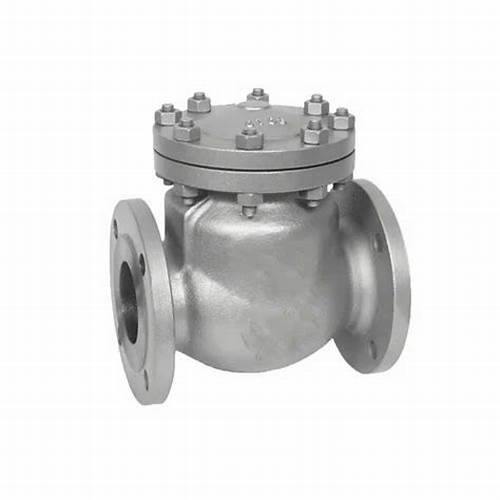pipe fittings reducers
Understanding Pipe Fittings A Closer Look at Reducers
In the world of plumbing and piping systems, the various components that facilitate the flow of liquids and gases are crucial. Among these components, pipe fittings play a vital role in managing the direction and size of pipes. One specific type of fitting that garners significant attention is the reducer. This article will delve into the purpose, types, applications, and advantages of pipe fittings, particularly reducers.
What are Pipe Fittings?
Pipe fittings are integral components used to connect, terminate, control the flow, and alter the direction of pipelines. They come in various shapes and sizes, catering to the specific requirements of different piping systems. The primary materials used in pipe fittings include metal, plastic, and sometimes, composite materials. Each material offers distinct characteristics such as durability, resistance to corrosion, and weight.
Understanding Reducers
Reducers are a type of pipe fitting that allows for the transition from one pipe diameter to another. They are essential in cases where the flow of fluid must be directed through areas of varying pipe sizes. Reducers can either be concentric or eccentric, with each type serving different installation needs.
1. Concentric Reducers These fittings are shaped in a way that the center of the large and small pipe is aligned. This design is ideal for vertical piping applications, as it maintains equal flow paths.
2. Eccentric Reducers In this configuration, the two pipe ends are offset. This type is commonly used in horizontal piping systems, where it helps maintain the flow of fluids and prevent air pockets from forming.
Applications of Reducers
Reducers find widespread usage across numerous industries, including but not limited to
- Manufacturing In manufacturing plants, reducers facilitate the efficient flow of water, chemicals, and gases, helping to control processes and enhance performance. - Automotive In automotive applications, reducers are used within exhaust systems and other fluid systems to manage flows effectively. - Construction In the construction industry, reducers are prevalent in plumbing systems, as they allow for flexible designs and integration of different pipe sizes. - Oil and Gas The transport of oil and gas through pipelines often involves various diameters. Reducers ensure the smooth transition and prevent pressure drops within the system.
pipe fittings reducers

Advantages of Using Reducers
There are several key benefits to employing reducers in piping systems
1. Space Efficiency Reducers allow for the efficient use of space by enabling pipes of different sizes to connect seamlessly. This flexibility is particularly important in complex systems where layout constraints exist.
2. Flow Control By properly managing transitions in pipe diameters, reducers help maintain consistent fluid flow. This is crucial in preventing pressure drops and ensuring that the system functions correctly.
3. Cost-Effectiveness Utilizing reducers can significantly reduce material costs as they allow for the use of different pipe sizes rather than needing an entire set of uniform pipes.
4. Ease of Installation Most reducers are designed for straightforward installation. This feature not only saves time during the setup process but also allows technicians to quickly adapt systems as needed.
Selecting the Right Reducer
Choosing the appropriate reducer is essential to ensure optimal performance. When selecting a reducer, factors to consider include
- Material Compatibility It’s important to match the material of the reducer with that of the pipes to prevent issues such as corrosion and leaks. - Size and Dimensions Accurate measurements are crucial to ensure that the reducer fits correctly and meets the required specifications. - Pressure Ratings Ensure that the chosen reducer can withstand the pressure requirements of the system in which it will be installed.
Conclusion
In summary, reducers are a fundamental component of pipe fittings, playing an essential role in various industries by facilitating transitions between different pipe sizes. Their ability to manage flow, conserve space, and provide cost-effective solutions makes them indispensable in many applications. By understanding the different types of reducers, their uses, and the advantages they bring, engineers and technicians can design and implement more effective piping systems that meet the demands of modern industry. As we advance further into a world reliant on efficient fluid dynamics, the importance of understanding and utilizing reducers will only continue to grow.
-
3-types-of-check-valves-maintenance-tipsNewsAug.23,2025
-
ball-valves-types-with-trunnion-mounted-designNewsAug.23,2025
-
butterfly-valve-company-production-capabilitiesNewsAug.23,2025
-
fisher-globe-valve-technical-specificationsNewsAug.23,2025
-
types-of-gaskets-for-flanges-selection-guideNewsAug.23,2025
-
wedge-gate-valve-suppliers-quality-standardsNewsAug.23,2025
-
Breakthrough in Domestic Low Temperature Valve Technology in ChinaNewsAug.18,2025




